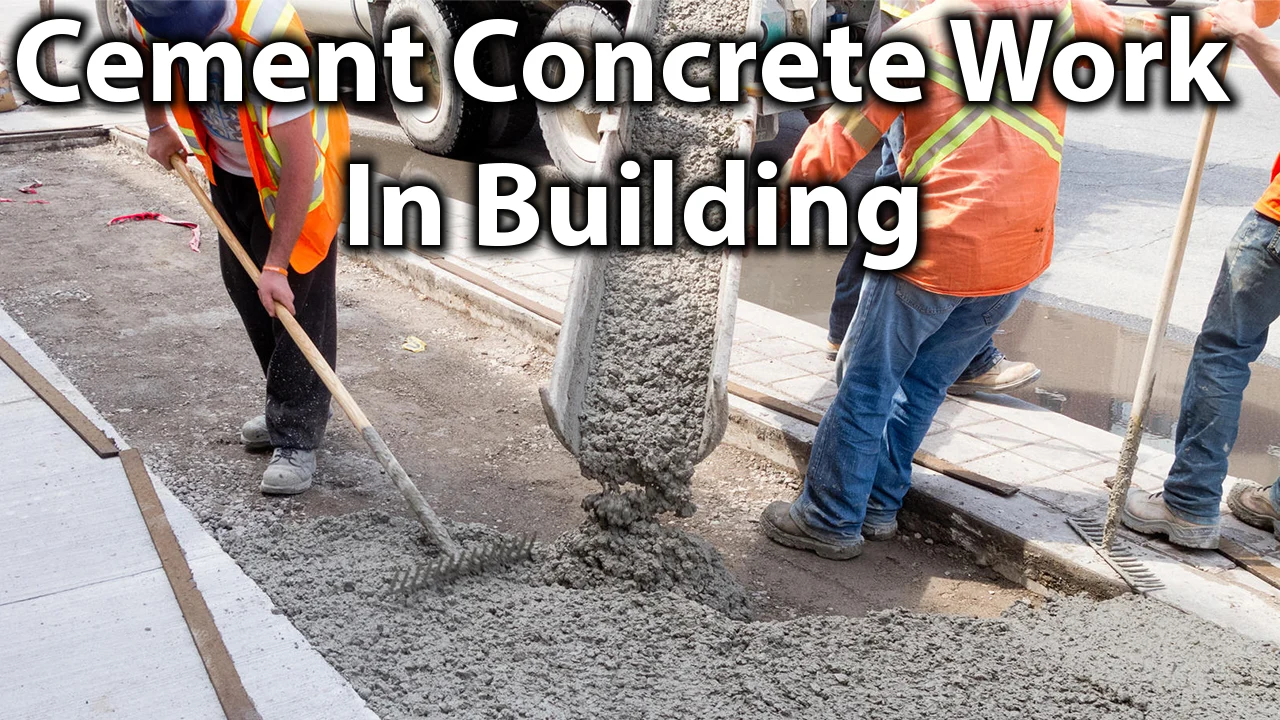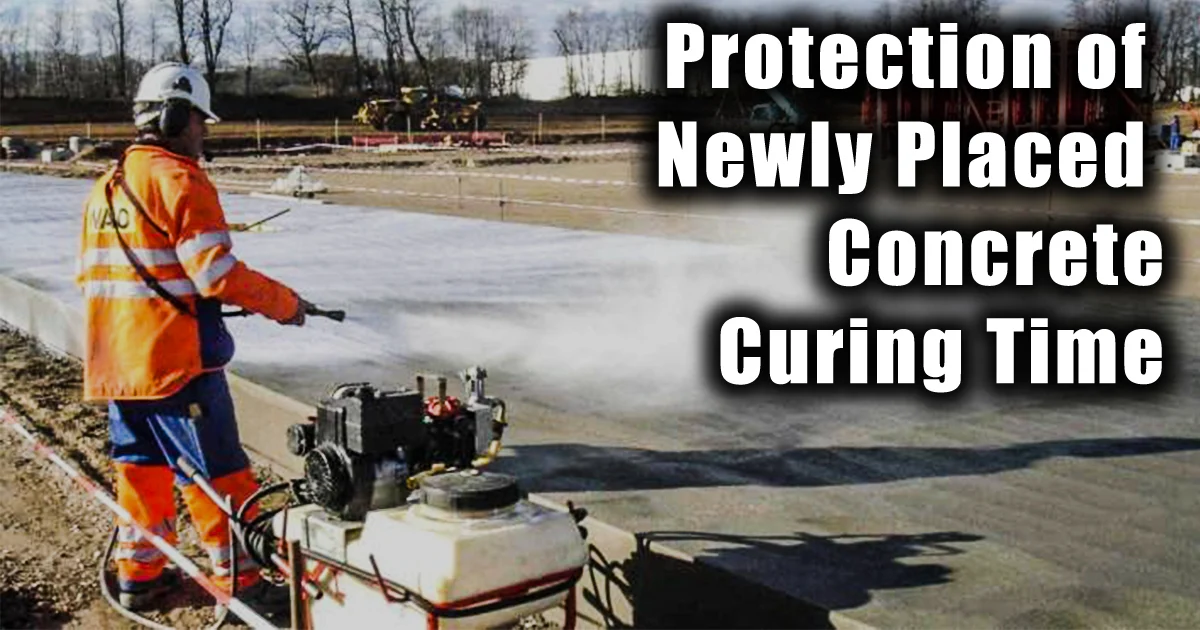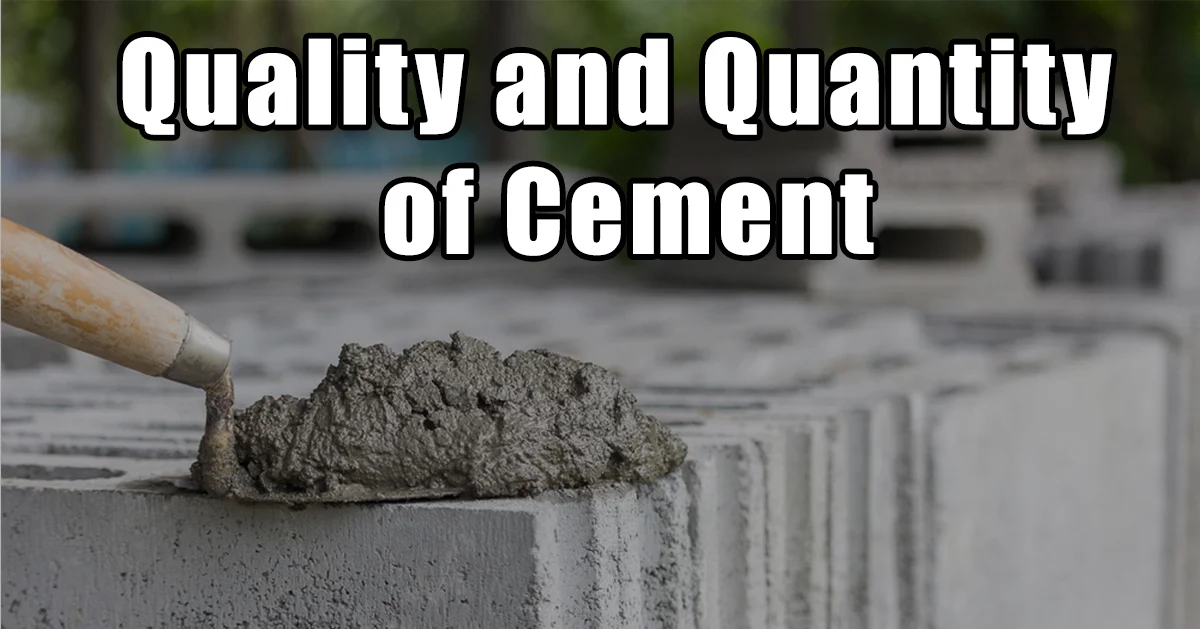Finished Concrete Works and Workability of Concrete

Finished Concrete Works and Workability of Concrete
Finished Concrete Works
Check and inspect after stripping of formwork for defects such as;
Honeycombing
Porous concrete and voids
Exposure of reinforcement
Poor joints
Inadequate cover to reinforcement
Curing of Concrete
Prevention of loss of water from concrete during its early life is known as curing. if water in the concrete is allowed to evaporate, the cement will not have sufficient water for hydration and will not set properly. The cement sets rapidly in the initial stages. if it is not kept damp, there will be loss in the strength of the concrete.
During first 3 days, the strength of concrete reaches to 40%, in 7 days 65%,and in 28 days, it would reach 100%.
Workability of Concrete
It is the property of the concrete_ which determines the ease with which it cam be placed and compacted. It is determined by slump test. In order to obtain concrete of maximum strength, good compaction is essential and this can be achieved if the concrete has adequate workability. The workability of a concrete should be just sufficient to enable the concrete to be compacted fully by whatever method is employed. For instance, concrete that is to be placed in narrow forms congested with reinforcement will require a much higher degree of workability( i.e.,fIuidity) than that for un-reinforced mass concrete.
Concrete which is to be compacted by mechanical vibration may be much drier than that which is to be tamped by hand. This concrete needs about 20 per cent less water and about 15 % less cement.As such drier concrete compacted by vibration gives more strength and density.
The workability increases with increase in water content of concrete. But increase in water content would cause decrease in strength. Excess of water in concrete would weaken the concrete and produces shrinkage cracks as water occupies space in concrete and as it evaporates it leaves voids and cracks.
An excess of 10% water may reduce the strength by 15% and an excess of 30% water may reduce the strength by half. Lower the water content the stronger the concrete but quantity of water must be sufficient to produce a workable mix required for the particular method of compaction to be adopted.
Concrete made with very low water content is unworkable. Many times, dry concrete if not compacted properly results in air voids. Presence of 5% voids will cause a 30% loss of strength.
See More History of Reinforced Concrete and Types of Reinforced Concrete
Ebook to Read Concrete Building Scheme Design Manual









